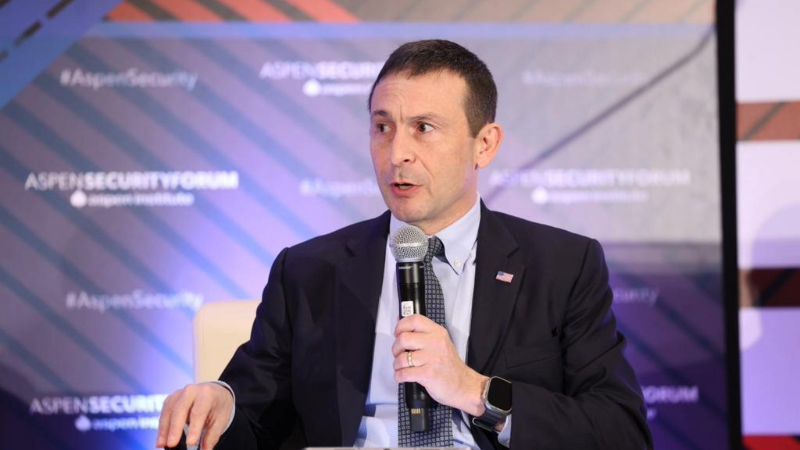
As the Defense Innovation Unit (DIU) reaches the one-year mark on its DIU 3.0 strategy, Director Doug Beck is looking back on the progress made and emphasizing that there is still more for the unit to accomplish.
Speaking on July 17 at the Aspen Security Forum in Colorado, Beck explained that DIU 3.0 has shifted the Pentagon’s focus to “accelerating the development and deployment of military technology.”
During its initial phase – DIU 1.0 – the primary focus was to build a bridge between the Defense Department (DoD) and the commercial technology sector. The second phase – DIU 2.0 – focused on demonstrating concretely that real military problems can be solved by rapidly delivering commercial capabilities to the warfighter.
Today, that mission imperative is much the same, but the need is greater, Beck explained.
“It means first focusing on the most critical problems we have to solve to deter major conflicts, and then working with the rest of the department and everybody else to scale those things so that they can deliver strategic impact,” Beck said.
DIU 3.0 outlines DIU’s expanding role and lays out eight lines of efforts the organization is taking to ensure that DoD is taking full advantage of commercially derived capabilities to counter growing threats from adversaries.
A key aspect of the DIU 3.0 strategy is embedding commercial technology and innovation with the warfighter.
“It’s about being there to help both understand and shape the needs so that we can figure out where commercial tech can help leapfrog and get after it,” Beck said.
According to Beck, this effort is already rooted with the military combatant commands. For example, within the United States Indo-Pacific Command the Chief Technology Officer and Deputy Director of the Joint Mission Accelerator are a DIU embed, he said.
Another key aspect of the strategy is partnerships within DoD with “the true engines of scale of the department,” which consists of “the services, acquisition and sustainment, research, engineering, and other places around the department that are all about helping to scale things.”
Beck also explained that DIU initially served as the bridge between these agencies and the commercial sector, but in DIU 3.0 the agency wanted to streamline the lines of communication and build a pathway to scale.
“That’s also about being now embedded in real ways, in these core operations of the department … We’ve got a new Deputy Director for Policy, Strategy and National Security Partnerships [working on] this all the time,” Beck said.
“We are further along at this point than I ever dreamed we could be,” Beck said. “[But] I also want to be clear, we got a long way to go.”
